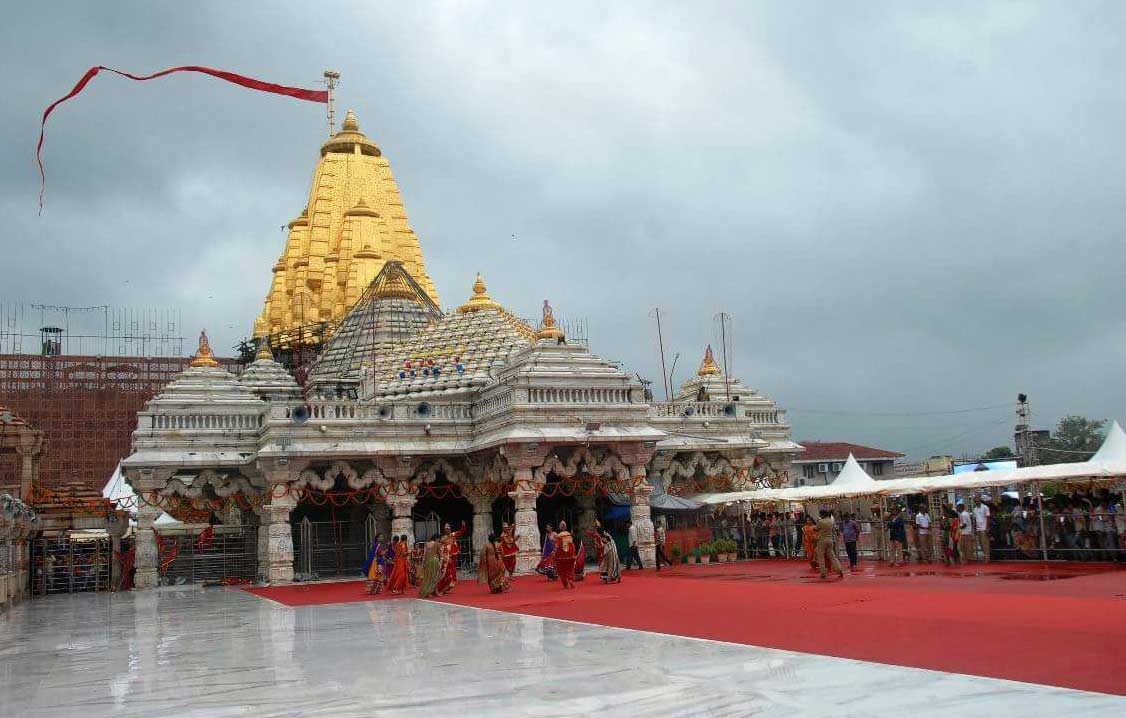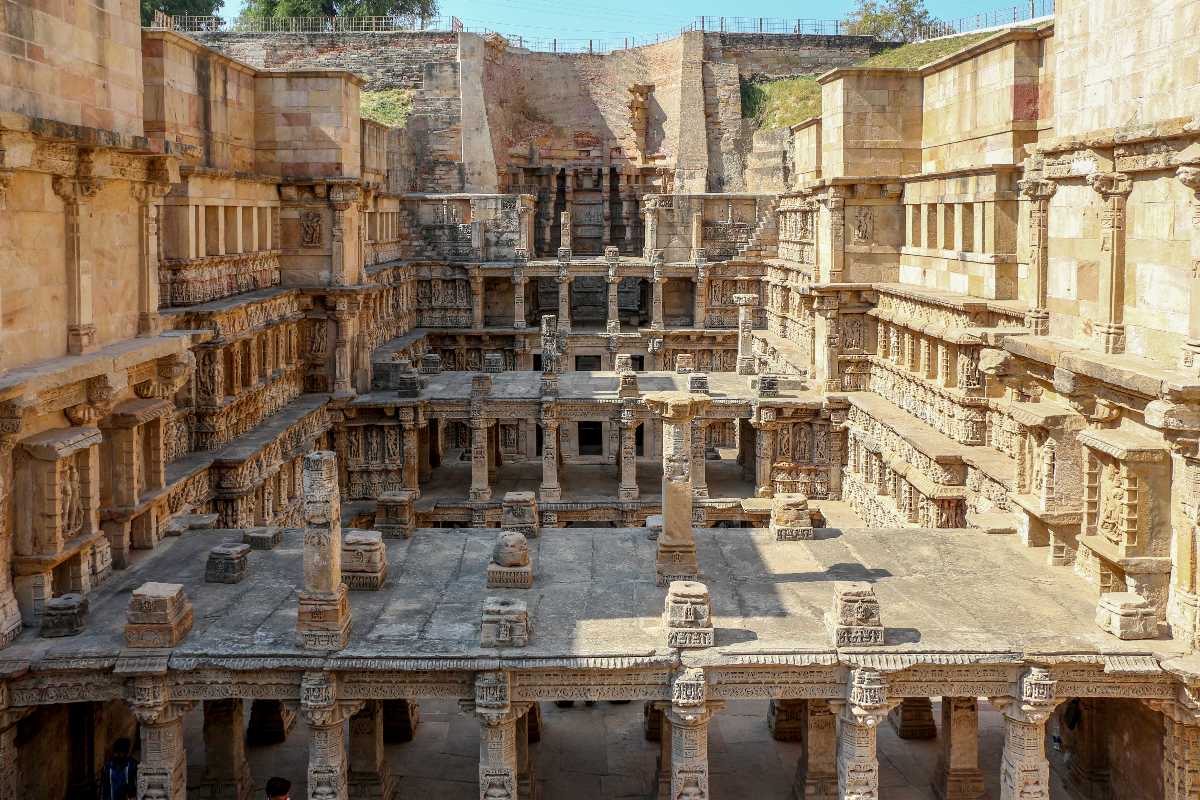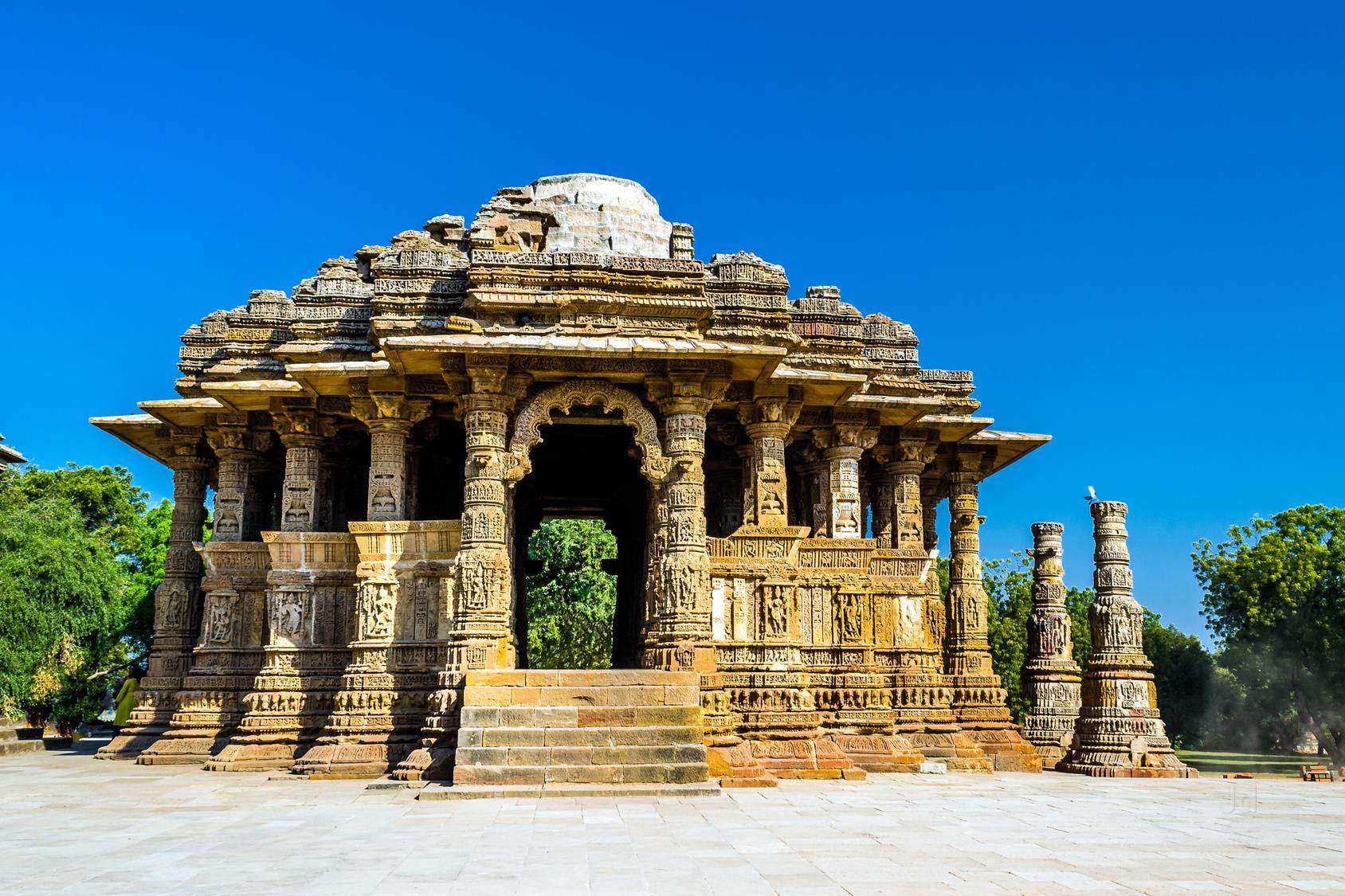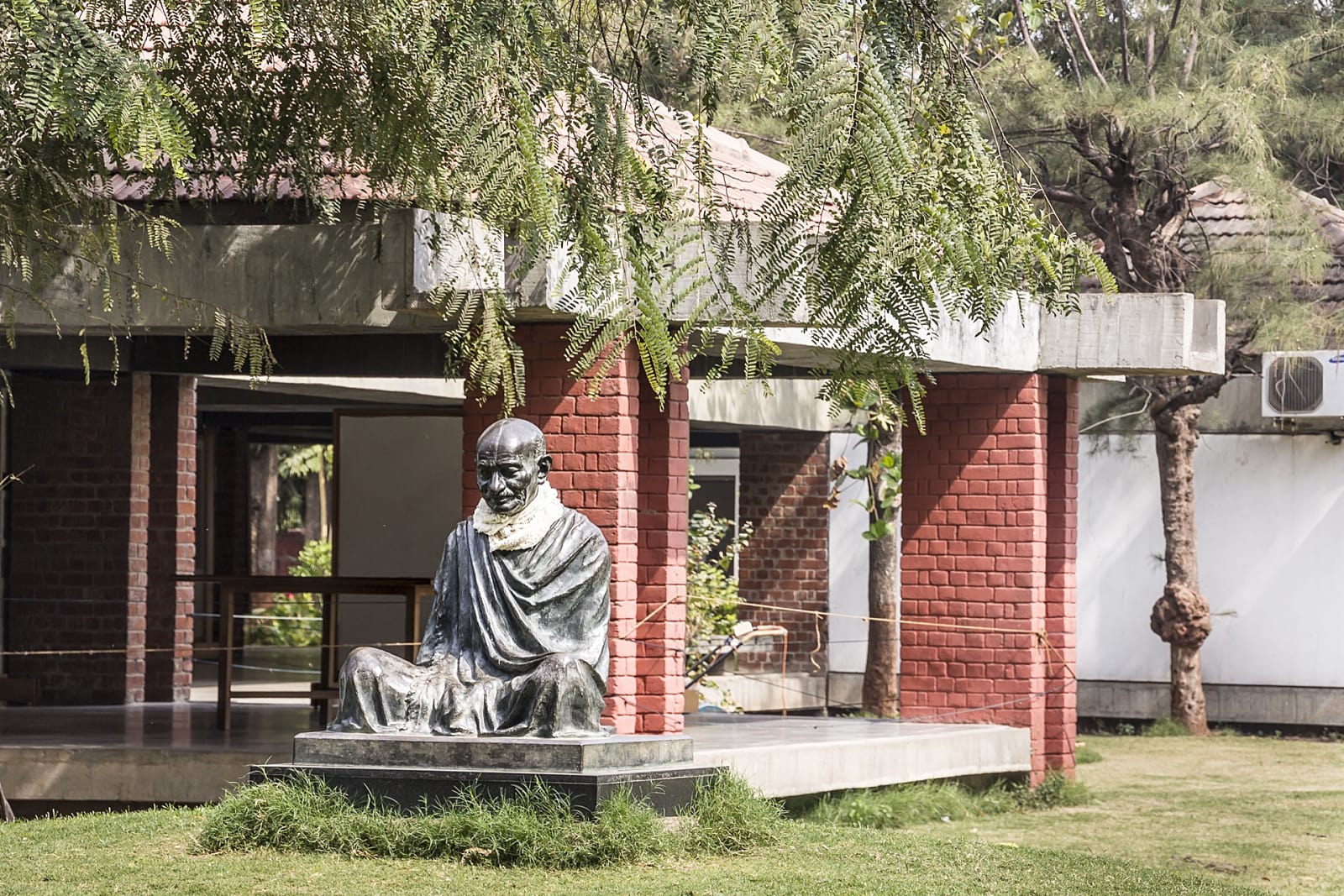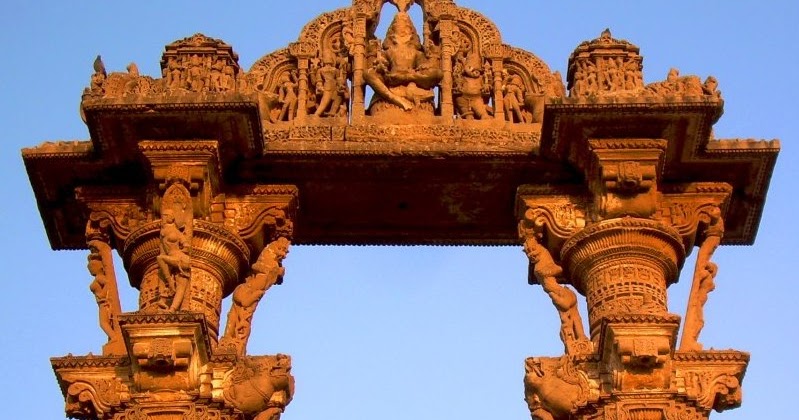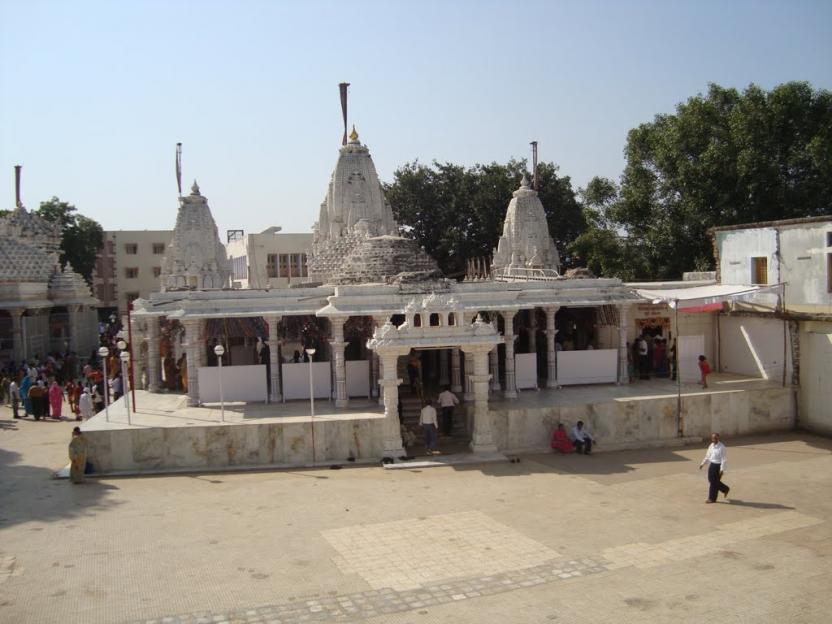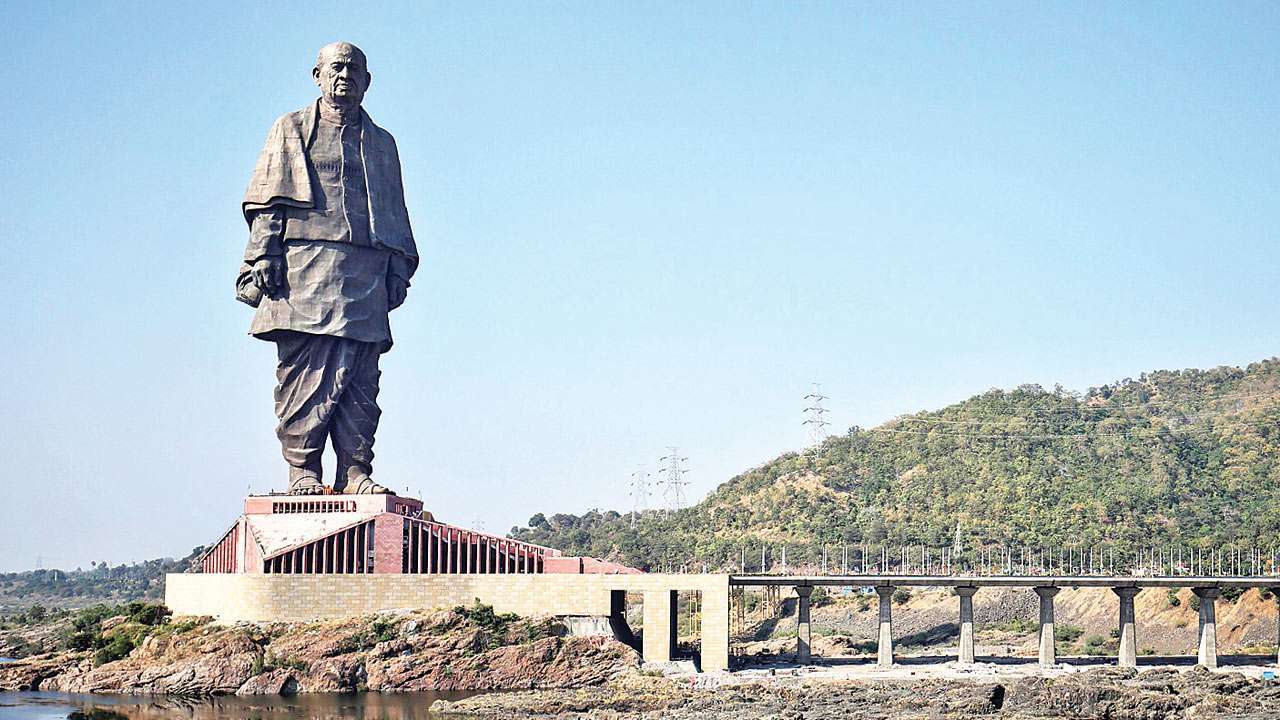“India has got a rich cultural heritage of “Unity in Diversity”, the roots of which are inextricably founded on the principle of “Vasudhaiv Kutumbakam”, meaning that the entire universe is a family.
At the time of India’s independence in 1947, it was however divided into more than 560 princely states and it was India’s first Deputy Prime Minister, Bharat Ratna Sardar Vallabhbhai Patel, who with his firm determination, could transform such imperialism into today’s unified India. People of India will remain indebted to him forever for his leadership during the freedom struggle and his vision, wisdom and statesmanship in the post-independence era. His life is an eternal source of inspiration for the present as well as future generations and it is in this context that his iconic monumental statue – the world’s tallest Statue of Unity has been dedicated to the Nation on the 143rd Birth Anniversary.
Symbolizing the national, spiritual, historical and academic values, the Statue of Unity will lead to the icon-based development of this entire region, which is predominantly a tribal area. Our vision is to make this place a world class tourist destination by providing infrastructure for edutainment, research, cultural, environmental enrichment and health promotion. A true leader keeps on enlightening the path of mankind even in his physical absence and the Statue of Unity is the realization of this – worth experiencing.”
“Sardar Vallabhbhai Patel, the great son of the soil (Gujarat, India), popularly known as the Iron Man of India, demonstrated distinguishedleadership qualities during the freedom struggle and then gave a unified geographical shape to the nation by agglomerating hundreds of princely states.The world’s tallest Statue of Unity with 182 metres height has been constructed under the overall guidance and inspiration of Hon’ble Prime Minister Shri Narendra Modi in just 46 months. This colossal monument is a class apart with its unique architectural and engineering characteristics.Immediately after its inauguration by Hon’ble Prime Minister on October 31, 2018 the Statue of Unity has emerged as one of the most favorite tourist spots of India. Our vision is to make it more and more tourist-friendly by providing world class hospitality and a wide range of activities to provide a unique lifetime cherishing experience for all age groups. In the process, we also aim to enhance the quality of life for the local tribal people by generating a wide range of employment and entrepreneurial opportunities.”
